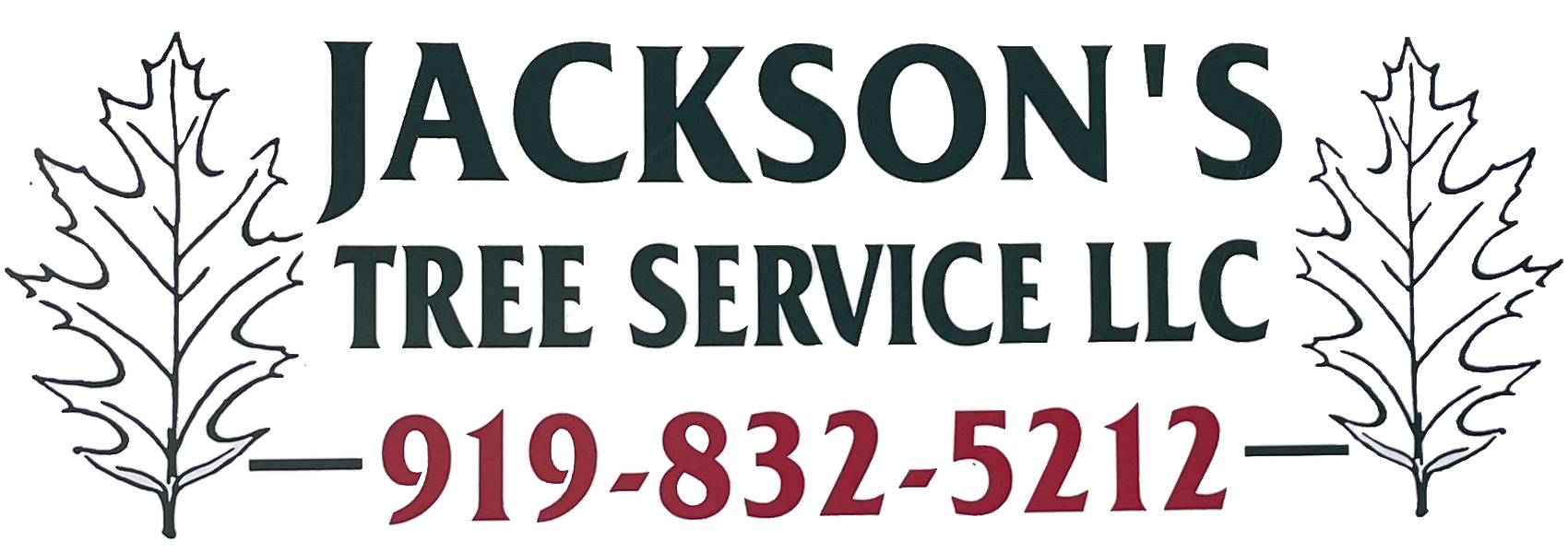Expert Tree Removal Services for a Safer Surrounding
Trust the experienced tree specialists at Jackson's Tree Service LLC in Raleigh, NC, for professional tree removal and stump grinding services. Our courteous, skilled, and fully trained crews are here for you, from your unwanted shrubs to the largest trees. If you have fallen or standing trees that need to be removed, we have state-of-the-art equipment to do the job, including cranes, aerial lifts, bucket trucks, stump grinders, and chippers. We will safely remove trees from any location, including in limited spaces. We offer free estimates for all our jobs.
Let Us Take Care of Your Damaged Trees
Do you have trees that have suffered severe damage from high winds, storms, lightning strikes, or insects? Do you have trees that are nearing the end of their life expectancy? If so, Jackson's Tree Service LLC can remove these trees to protect you, your family, and others, as well as the surrounding buildings, other trees, and vegetation. Call our professionals when you need reliable damaged tree removal.
Signs You May Need Tree Removal Service
Tree removal can prevent further damage or injury. Take a look around your property for these signs:
- Trees around or hanging over power lines
- Trees too close to building structures (possibility for roof damage)
- Trees with weak or cracked limbs or damaged from storms
- Diseased, hollow, or decayed trees
- Tree roots encroaching on the foundation of your home, sidewalks, or sewer lines
- Large tree roots make it difficult for grass growth or mowing
Unfortunately, many people wait until the damage is already done—ice and wind can be major factors for fallen trees on the property. We have seen storms cause trees to fall on cars, wires, roofs, or other property, prompting many insurance companies to require that potentially hazardous trees be removed to maintain a current policy. Removing trees in time can save you a lot of money in the long run.
Whether your next project consists of tree removal for a residential or commercial property, call Jackson’s Tree Service LLC at 919-832-5212 to schedule a free estimate.


